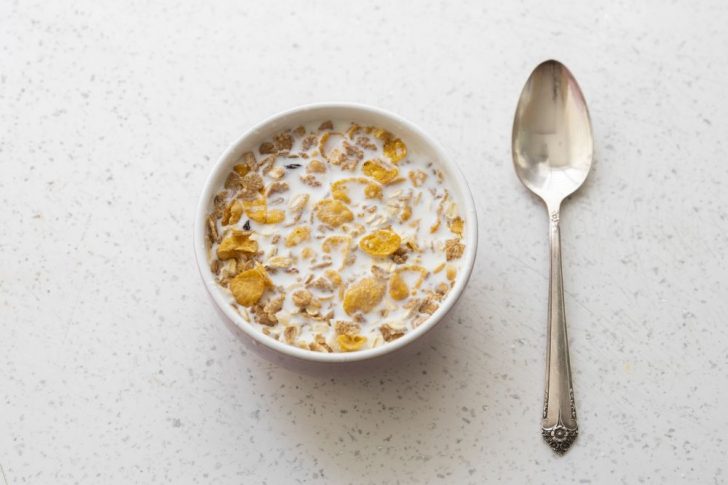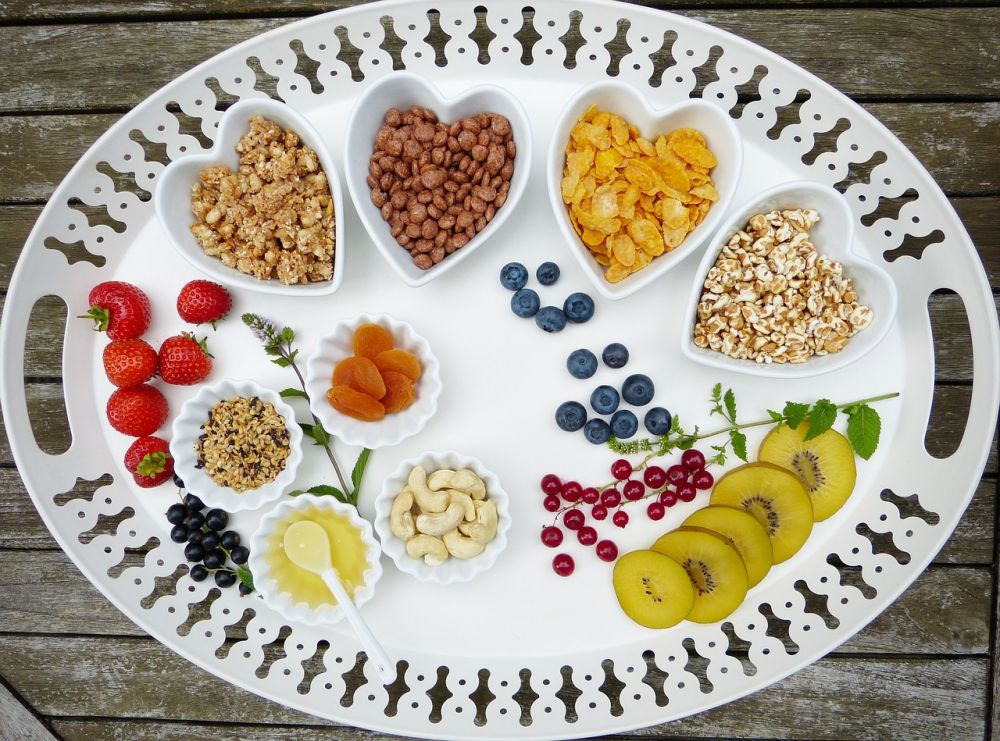High Protein Diet: A Comprehensive Guide for a Healthier You

Introduction:
Achieving a balanced and nutritious diet is a prime concern for many individuals seeking to improve their health and well-being. One popular dietary approach that has gained significant attention is the high protein diet. In this article, we will provide an in-depth overview of the high protein diet, its various types, popular variations, and its quantitative measurements. Additionally, we will explore the differences between different high protein diets, their historical significance, as well as the advantages and disadvantages associated with them.
I. A Thorough Overview of the High Protein Diet:

The high protein diet primarily focuses on consuming foods that are rich in protein, with the goal of enhancing muscle growth, aiding weight loss, and promoting overall health. Proteins serve as building blocks for various tissues and organs in the body, supporting functions such as cell repair, immune system regulation, and hormone production. By increasing protein intake, individuals aim to meet their nutritional needs while potentially reaping additional benefits.
II. Types and Popularity of High Protein Diets:
1. Ketogenic Diet:
The ketogenic diet centers on consuming a high proportion of healthy fats, moderate protein, and very low carbohydrate intake. This approach aims to induce a state of ketosis, where the body primarily utilizes fats for energy instead of carbohydrates. The popularity of the ketogenic diet has surged in recent years due to its potential for rapid weight loss and improved mental clarity.
2. Paleo Diet:
The paleo diet emphasizes consuming foods that were available to our ancestors during the Paleolithic era. This includes significant protein intake from lean meats, fish, eggs, and nuts, while excluding processed foods, grains, and dairy products. Many individuals choose this diet to enhance their overall health, reduce inflammation, and manage weight effectively.
3. Mediterranean Diet:
The Mediterranean diet is a notable high protein diet that focuses on consuming lean protein sources such as fish, poultry, and legumes, along with whole grains, nuts, and fruits. This dietary pattern has been associated with various health benefits, including a reduced risk of heart disease, improved cognitive function, and longevity.
III. Quantitative Measurements of High Protein Diet:
To effectively follow a high protein diet, it is crucial to understand the recommended daily protein intake. Generally, the recommended daily allowance (RDA) for protein is 0.8 grams per kilogram of body weight. However, individuals following a high protein diet often aim for a higher intake, typically ranging from 1.2 to 2.0 grams per kilogram of body weight. Consultation with a healthcare professional or registered dietician is crucial to determine the ideal protein intake based on individual needs and goals.
IV. Differentiating High Protein Diets:
While high protein diets share the common goal of promoting protein intake, they differ in terms of food choices, macronutrient proportions, and potential health effects. For example, the ketogenic diet restricts carbohydrates severely, focusing on high fat intake, while the paleo diet emphasizes whole, unprocessed foods. Understanding these nuances allows individuals to choose a high protein diet that best aligns with their lifestyle and desired outcomes.
V. Historical Overview of Pros and Cons:
Throughout history, various high protein diets have garnered attention and criticism. For instance, the Atkins diet gained popularity in the early 2000s, primarily advocating high protein, low carbohydrate intake. While this diet led to weight loss for many, concerns were raised regarding its potential impact on heart health and long-term sustainability. Other diets, such as the Zone and Dukan diets, also sparked debates and further research on the benefits and risks associated with high protein consumption. It is essential to remain aware of both the benefits and potential drawbacks of any high protein diet.
Conclusion:
In conclusion, the high protein diet has become a popular choice among individuals aiming to improve their health and achieve weight loss goals. By understanding the various types of high protein diets, their quantitative measurements, and historical significance, individuals can make informed decisions about which approach best suits their needs. Prioritizing consultation with healthcare professionals, along with adopting a well-rounded and balanced approach to nutrition, ensures that individuals can optimize the benefits of a high protein diet while minimizing any potential risks associated with excessive protein intake.
[INSERT VIDEO HERE: Recommend a video featuring a registered dietician discussing the benefits and considerations of a high protein diet]
FAQ
What is a high protein diet?
What are some popular types of high protein diets?
How much protein should I consume on a high protein diet?
Fler nyheter
Avslappnande massage i Helsingborg: Avslappning, återhämtning och välmående
Introduction: Achieving a balanced and nutritious diet is a prime concern for many individuals seeking to improve their health and well-being. One popular dietary approach that has gained significant attention is the high protein diet. In this articl...
30 december 2025
Akupunktur i Stockholm: Ett alternativ till konventionella medicinska metoder
Introduction: Achieving a balanced and nutritious diet is a prime concern for many individuals seeking to improve their health and well-being. One popular dietary approach that has gained significant attention is the high protein diet. In this articl...
03 december 2025
HLR utbildning Kalmar – kunskap som räddar liv
Introduction: Achieving a balanced and nutritious diet is a prime concern for many individuals seeking to improve their health and well-being. One popular dietary approach that has gained significant attention is the high protein diet. In this articl...
03 december 2025
Psykoterapi: Värdefull hjälp i Lund
Introduction: Achieving a balanced and nutritious diet is a prime concern for many individuals seeking to improve their health and well-being. One popular dietary approach that has gained significant attention is the high protein diet. In this articl...
01 december 2025











